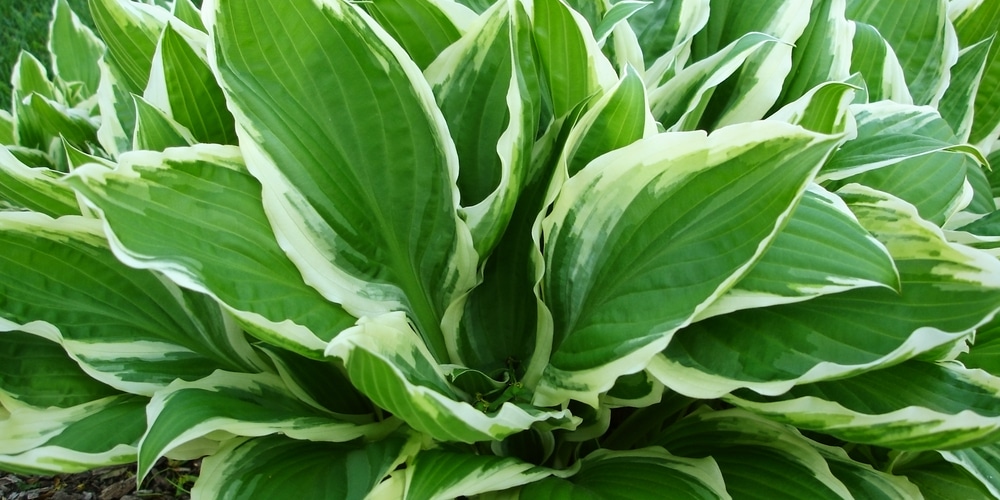Hostas are the ideal plants to add to your landscape if you need something to fill a shady corner. These plants do well even without too much sunlight and can add an elegant touch to any space.
But can hostas be indoor plants? And what can you do to make the most out of them inside your houses? You are in the right place to learn all you need to know about growing hostas indoors (and more).
Can Hostas Grow Indoors?

Let’s go straight to the grain of the question. Despite being more common as outdoor plants, these shade-loving perennials can perform excellently inside.
Of course, you’ll need to take proper care of them and recreate the ideal conditions for their growth for hostas to thrive as house plants. Still, that doesn’t make it impossible.
If you can meet your hostas’ needs, you won’t have any problems growing them inside your home. However, beware that hostas can be toxic when ingested. You might have to choose another plant if you have curious cats and dogs around your house.
One of the best things about growing hostas indoors is that these plants tend to be less susceptible to diseases and infections in such conditions.
Also, they are not picky about temperature or humidity, making them ideal for growing inside. However, keep in mind that they will need a period of dormancy at temperatures below 42°F to stay healthy. You might have to overwinter your hosta in your garage (or outdoors).
Still, if you can provide them with what they need, you’ll be lucky to enjoy lush and vibrant hostas in your house. Jump to the following sections to learn more about taking care of a hosta indoors.
How to Grow Hostas Indoors
The first step for successfully growing hostas indoors involves choosing a suitable container for your plants. Select a pot that suits your variety’s needs.
Some might grow large (and need a big-sized container), while others will thrive in relatively small pots. Don’t forget to ensure the container has adequate drainage holes: hostas don’t like to have wet feet.
However, they will appreciate constant moisture, so ensure you keep them well-watered. Plus, don’t forget to plant your hostas in a well-draining substrate to increase retention and drainage.
Another crucial step is locating your hostas in the right corner of your house. While these plants do well in shady areas outside, you’ll need to find a place where they’ll get plenty of indirect sunlight when locating them indoors.
If you can, place them near a window, where they might get the air they need to thrive. Partial indirect sun (about 3 to 4 hours of sunlight per day)will be more than enough for variegated plants. Too much lighting might cause discoloration.
Consider fertilizing your hostas regularly to give them all the nutrients they need for their growth.
How to Deal with the Dormancy Period
Contrary to other indoor plants, hostas need a period of dormancy during the winter. For best results, you must expose your plant to cool temperatures (but not freezing). If you live in a region where winters don’t get too cold, you might be able to keep it outdoors for six weeks without damaging it.
Alternatively, consider protecting your hostas’ roots with a layer of organic mulch. Shredded bark works excellently. Avoid watering your plants more than once a month during the dormancy period.
Overwatering might make your hostas susceptible to fungal infections (or other diseases). However, that doesn’t mean the soil should stay dry for too long: a little moisture will help keep your plants healthy.
Move your plants back to their indoor location after the six weeks of dormancy.
Can hostas be indoor plants: Final thoughts
Don’t forget that your hosta might outgrow its pot after a couple of years. Ensure you change it accordingly.
Alternatively, you can divide your plant when it becomes too large (and challenging to manage). Doing so will allow you to have more plants (or even gift them to your friends!)
Related Article: Do Deer Eat Hosta Plants?
